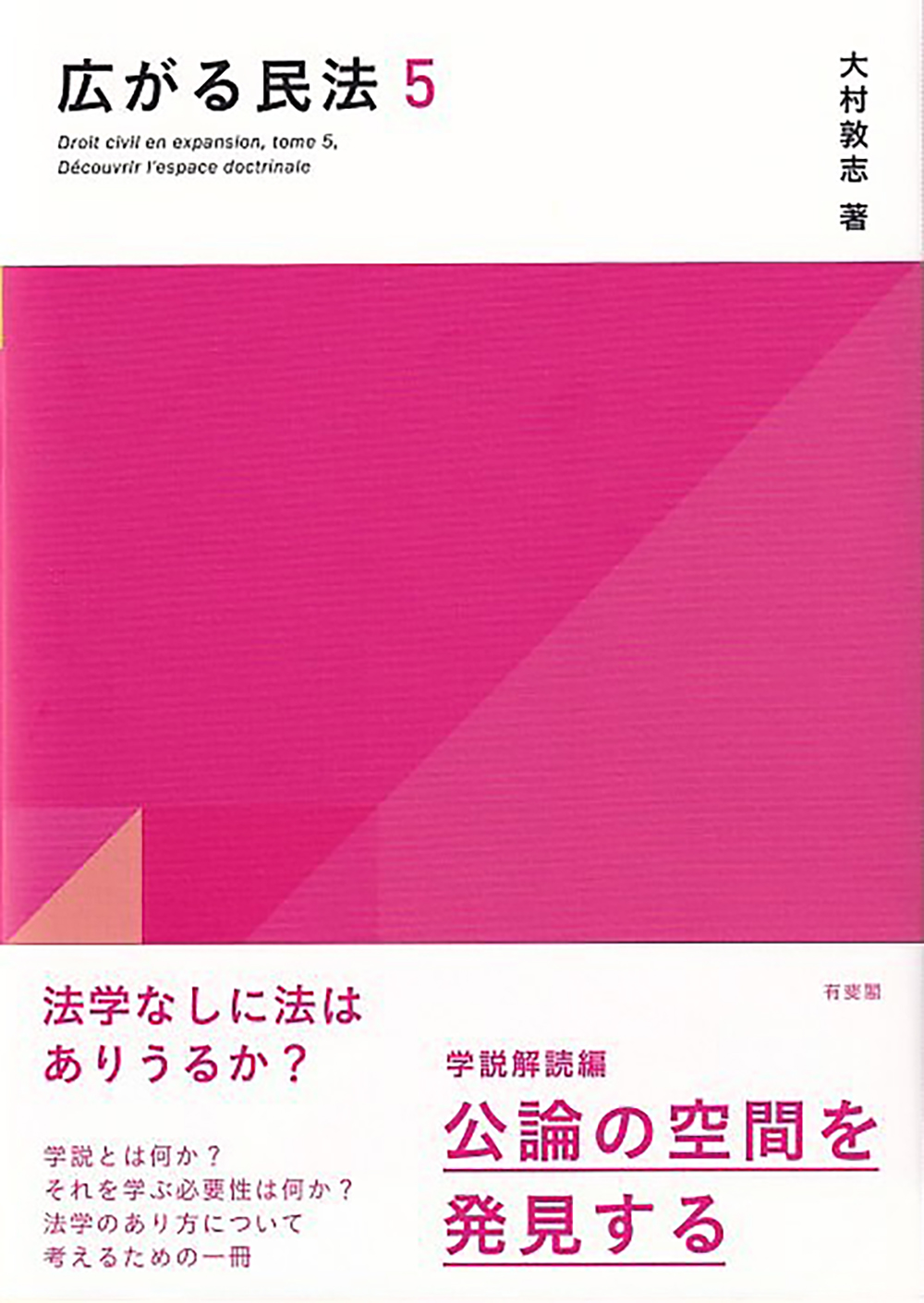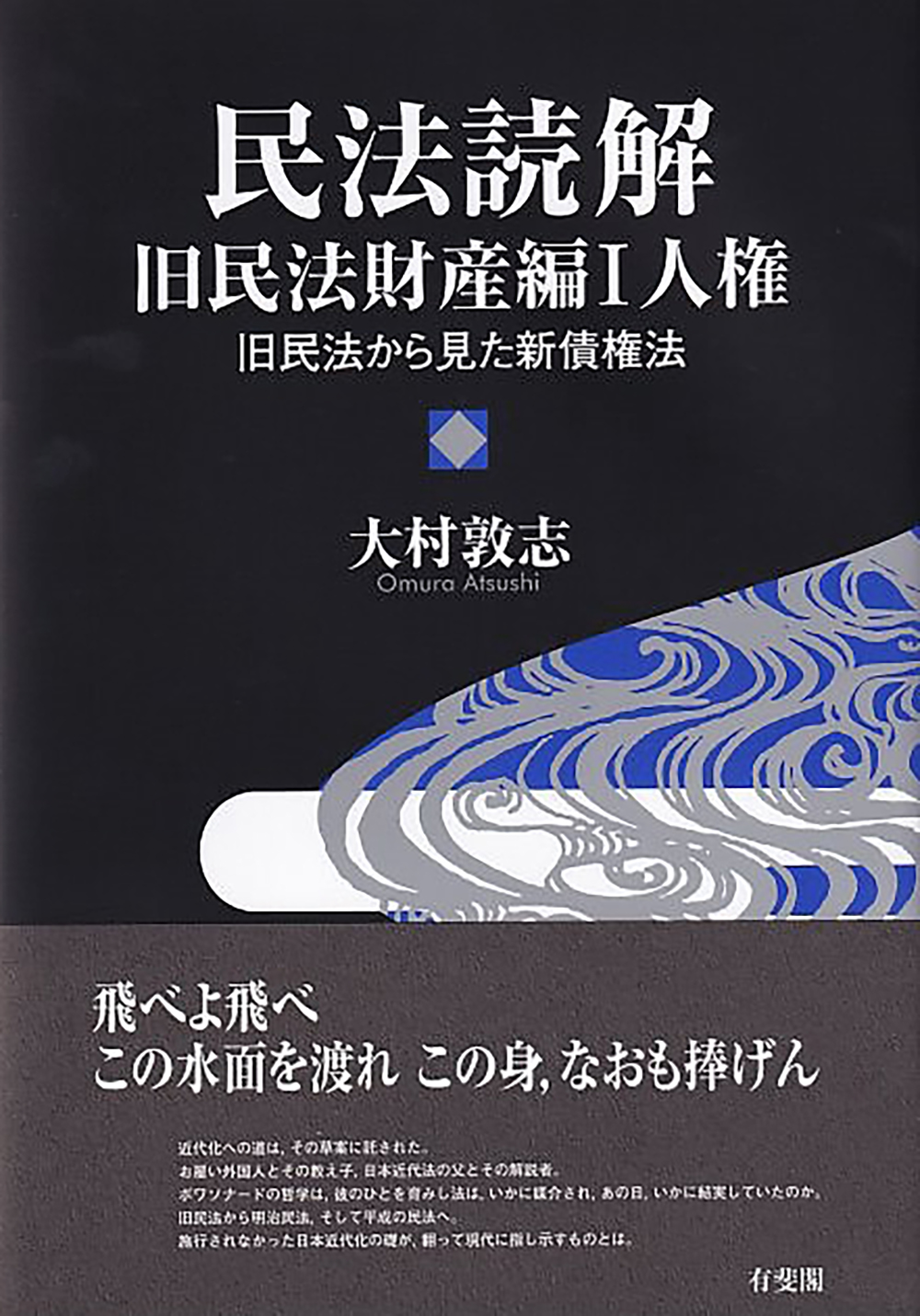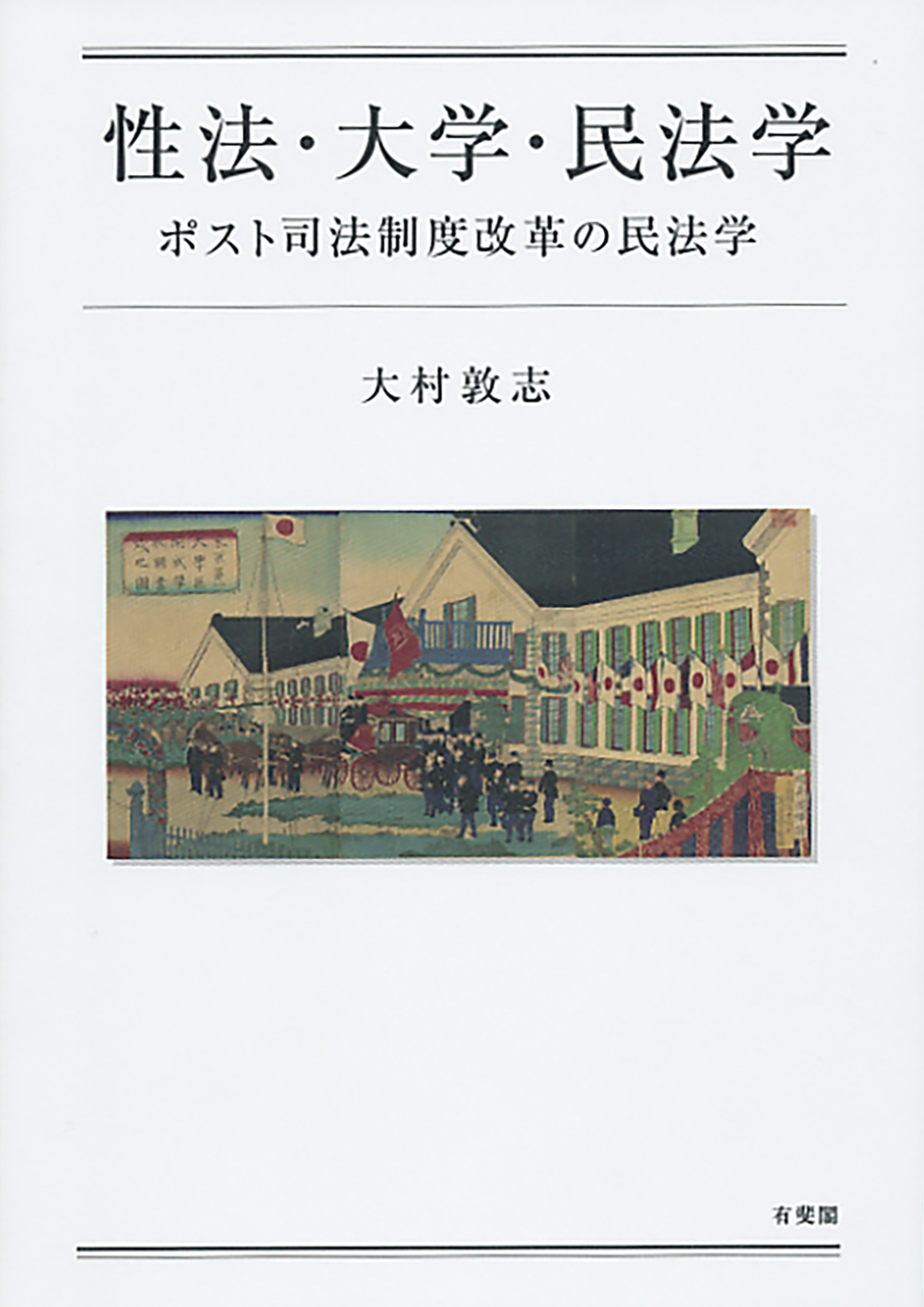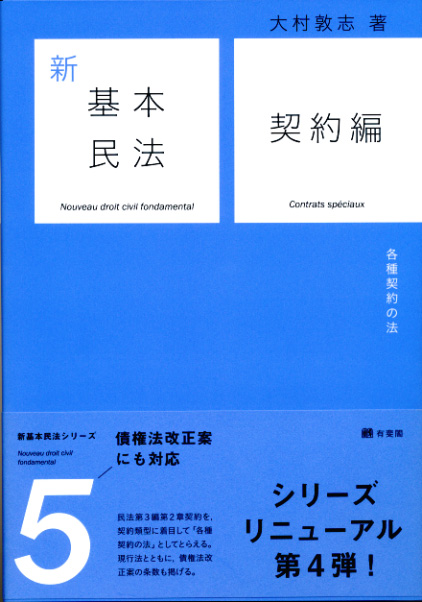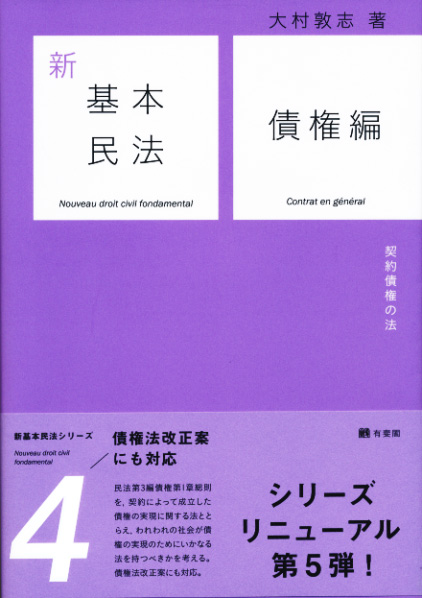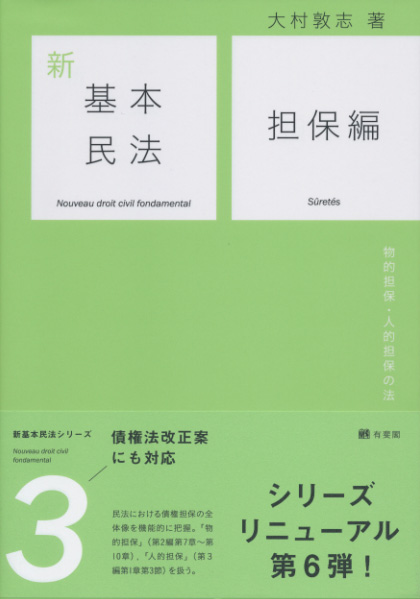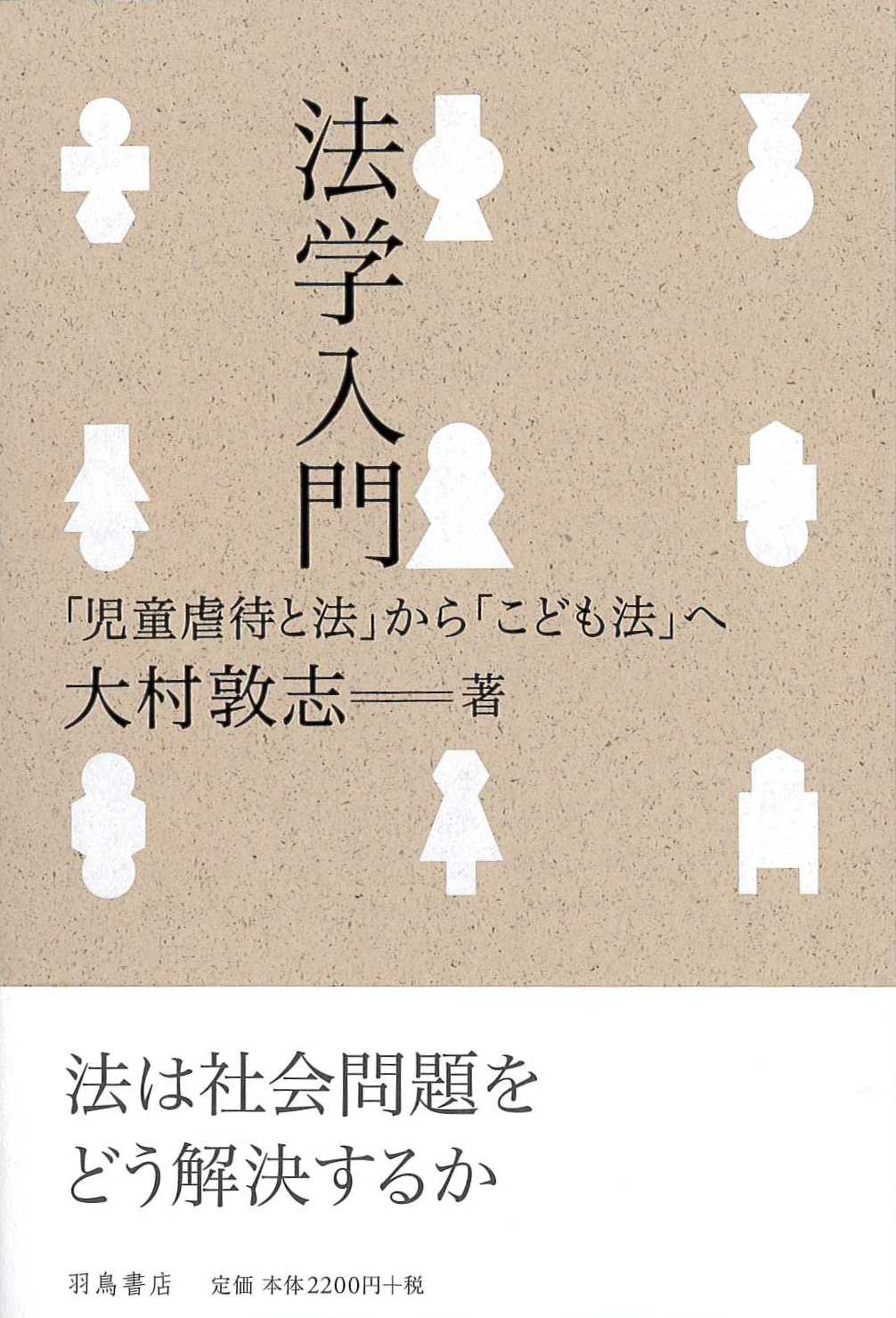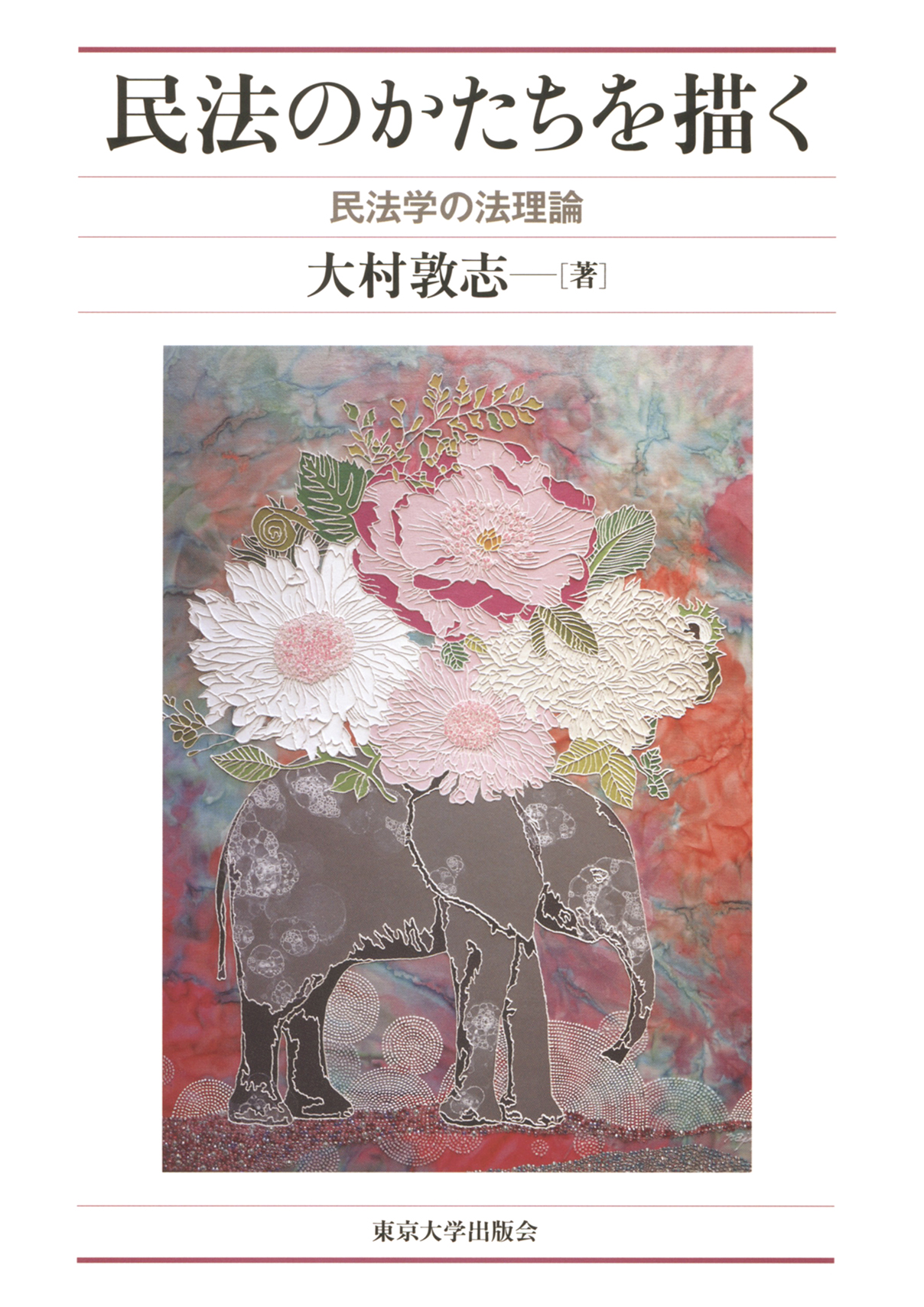
Title
Minpō no katachi o egaku (Tracing the Shape of Civil Law - Legal Theories in the Study of Civil Law)
Size
340 pages, A5 format
Language
Japanese
Released
February 03, 2020
ISBN
978-4-13-031194-6
Published by
University of Tokyo Press
Book Info
See Book Availability at Library
Japanese Page
Minpō no katachi o egaku (Tracing the Shape of Civil Law), published in 2020, is a collection of papers and essays I wrote in the 2010s. My writings from the 1990s are compiled in keiyakuhō kara Shōhishahō e (From Consumer Law to Contract Law; 1999) and Shōhisha kazoku to hō (Consumers, Families and Law; 1999), and those written at the turn of the century are compiled in 20 seiki furansu minpōgaku kara (From the 20th Century Study of Civil Law in France; 2000) and Atarashī nihon no minpōgaku e (Toward a New Study of Civil Law in Japan; 2009). All five of these compilations cover to varying degrees topics that are outside the realm of the study of law in the narrow sense, and because of this have been published by the University of Tokyo Press to make them available to readers in a variety of academic disciplines.
This most recent publication contains a total of 15 papers and essays which, as can be seen by the chapter titles, relate to the basic theme of the whole book which is divided into two parts. Part I covers private rights, moral rights, guardianship and benevolent intervention in another’s affairs, parental authority, wills, marriage, and common-law marriage. Part II covers ownership, family, contracts, persons, civil society, institutions, comparative legal culture, and social science.
The topics of Part I and the topics of ownership, family, and contracts in Part II are concepts basic to civil law. My objective in this book, however, has been to take a new look at the “shape” (forms/connotations) of these concepts rather than their “content” (substance/extensional meaning). My approach becomes most evident in the themes I explore the papers regarding persons and the papers below it in Part II.
Part I is further divided into “Section 1: The Shape of ‘Me’” and “Section 2: The Shape of Connections,” and Part II into “Section 3: The Shape of Mechanisms” and “Section 4: The Shape of Perspectives.” Taken together, these sections present my views on civil law and the study of civil law, tracing a shape that starts with “me” (on the object level/ as a ordinary citizen), continues to (our) “connections,” which are perceived as “mechanisms,” and then proceeds to my (on the meta level and as a scholar) “perceptions, by which I perceive the first two as ‘’mechanismes.”
I titled Part I, “Civil Law of Person and Families,” and Part II, “The Study of Human Beings and Systems in Civil Law.” The former includes my doubts (or should I say my criticism) concerning civil law as it relates to assets/property and transactions (the foundation of the capitalist economy society), and the latter, concerning the study of civil law that is centered on positive / human-made law (as regards interpretations and the basic research for those interpretations). It is my belief that civil law and the study of civil law have both come to a major turning point. What is the turning point we are approaching and in what directions will (should) the next generation of civil law and the study of civil law go? It is my hope that young readers will think about this as they compare conventional approaches with my doubts about them, and that they will join in further creating and developing civil law and the study of civil law.
(Written by OMURA Atsushi, Professor Emeritus, Graduate Schools for Law and Politics / 2023)



 Find a book
Find a book


